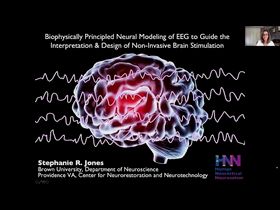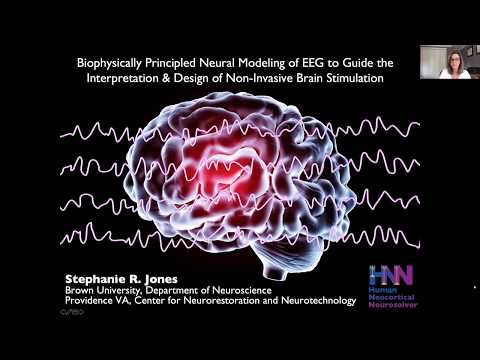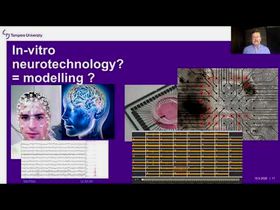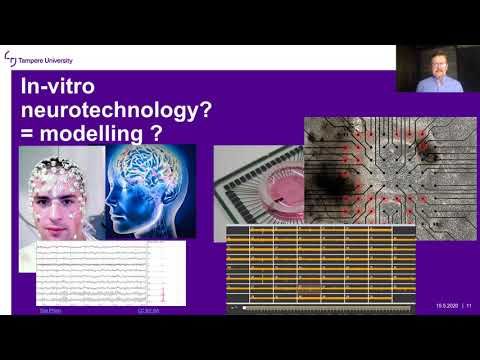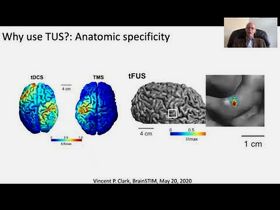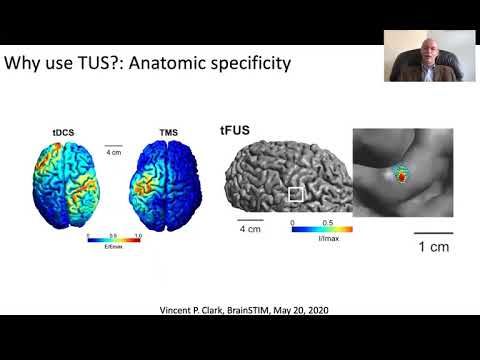Online version of neuroscience conference a great success
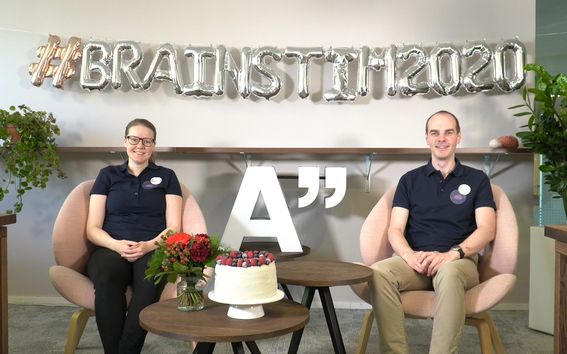
Due to the coronavirus epidemic, the BrainSTIM 2020 conference on neuroscience couldn’t take place in Otaniemi as planned, so a decision was made to move it online. Researchers Jaakko Nieminen and Aino Tervo from the Aalto University Department of Neuroscience and Biomedical Engineering were the main local organisers of the two-day event, and they also arranged the conference studio in Otaniemi.
‘When the impact of the coronavirus situation became clear, we had a total of 70 approved conference presentations. We started to look into whether the researchers would be willing to attend a remote conference. Many told us that they hoped that the conference would not be cancelled since so many others were already being cancelled’, says Aino Tervo.
The conference had eventually more than 50 presenters and nearly a thousand viewers from 18 different countries. The remote conference was public and available to everyone free of charge. It was easily accessible for young students and researchers all around the globe.
‘I was glad not to have to travel the long distance from the US to Finland and for the savings to the planet by using less jet fuel’, says Professor Stephanie Jones from Brown University, USA. She was one of the keynote speakers of the conference.
Keynotes
The remote conference was organised on four different platforms, as none of them provided all the desired features. Oral presentations were hosted on YouTube, posters were set up in a virtual poster hall, and discussions were held on Zoom and Twitter. Although Twitter was the main venue for the conference programme, switching between different platforms was challenging at times for the conference guests. The organisers also decided to have presentations pre-recorded to avoid technical difficulties.
‘The talks were presented on a schedule that was planned to the minute, and presenters answered questions in real time after their presentations. The quality of the presentations was probably even higher than in ordinary conferences’, says Professor Risto Ilmoniemi who chaired the conference.
‘The question-and-answer session was particularly useful and likely could have been extended. It may be useful to have longer breakout sessions that are designed purely for discussion of topics of interest that could be based on the talks. These would need to be moderated to keep the discussion from going too far off topic’, tells Stephanie Jones.
Ilmoniemi found organising a remote conference an interesting learning opportunity and experience.
‘It is possible to hold really good presentations online, so we will be taking advantage of remote meetings after the coronavirus crisis as well.’
During the conference, Aino Tervo learned the most about hosting and moderating conversations, and Jaakko Nieminen learned the most about communications, especially the versatile ways of using social media.
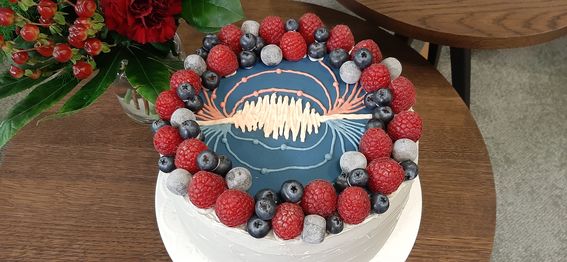
Over two days, the conference broadcast lasted a total of 20 hours, with 4.5 hours of live conversations. The organisers had two surprises to lighten the mood of the long conference days.
‘At the studio, we had a cake decorated with the logo of the conference, and we challenged participants to share cake images with a brain stimulation theme’, says Jaakko Nieminen.
‘We had also booked a personal trainer to hold two break workouts’, adds Aino Tervo.
Three Young Investigator Awards funded by the Aalto Health Platform were also handed out for best presentations at the conference.
Break workouts
‘The remote conference turned out well and gave Aalto University some very positive publicity. We have Aino Tervo, Jaakko Nieminen and the other organisers to thank for this success’, says Risto Ilmoniemi.
The organizer of the BrainSTIM conference series, Professor Vincent Clark from the University of New Mexico in the United States, has promised that the traditional conference that was now cancelled can be held in Otaniemi in summer 2021. This way, Aalto University gets twice the visibility.
Further information:
Read more news
Mind & Study - toolbox for being well in studies (3cr) coming up
Popular course "Mind & Study - toolbox for being well in studies" will be organized in Finnish, English and Swedish in the 3rd and 4th period!
Biodesign Finland wins the Aalto Pioneering Excellence Award 2025
The Aalto Pioneering Excellence award is granted annually to one or more teams that are doing groundbreaking work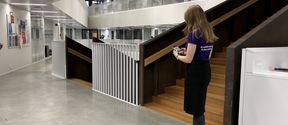
Accessible routes in Aalto Space application
You can also choose an accessible route for navigation on campus.







